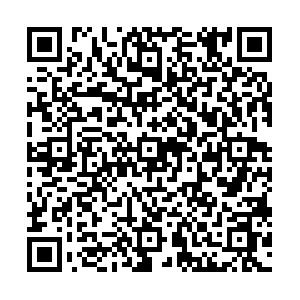摘要:
通过两次采集上海某大型污水处理厂的水样,采用超高效液相色谱-串联质谱(UPLC-MS/MS)技术对水样中的94种典型药物和个人护理用品(PPCPs)进行分析,并初步分析了污水处理工艺对典型药物的处理效果。结果显示,该厂污水中有咖啡因、布洛芬、酮洛芬、双氯酚酸、氧氟沙星、睾酮、诺龙、磺胺吡啶、磺胺甲恶唑、甲砜霉素、氟甲砜霉素、氯贝酸、磺胺二甲基嘧啶、磺胺间甲氧嘧啶、氯霉素和诺龙等15种药物被检出和定量。初沉出水中药物总浓度为8 643~10 481 ng· L1,主要为咖啡因,出厂水中药物总浓度为1 005~1 076 ng· L1。其中,磺胺二甲基嘧啶、甲砜霉素和氟甲砜霉素在相关报道中较少进行检测或没有检出。磺胺二甲基嘧啶、磺胺间甲氧嘧啶、氯霉素和诺龙4种药物经生化反应池(A/A/O)和二沉池处理之后未检出。以A/A/O为核心技术的污水处理工艺对咖啡因、氯霉素、甲砜霉素和诺龙等药物处理效率较好(85%~99%),但对大部分药物处理效果并不显著。
关键词:
-
新兴污染物
/
-
药物
/
-
抗生素
/
-
污水处理
Abstract:
Wastewater samples were collected twice from a large wastewater treatment plant in Shanghai. Ninetyfour widely-used pharmaceuticals in these samples were analyzed using UPLC-MS/MS, and the effects of the sewage treatment process on the drugs were preliminarily discussed. The results showed that 15 compounds including caffeine, ibuprofen, ketoprofen, diclofenac, ofloxacin, testosterone, nandrolone, sulfapyridine, sulfamethoxazole, thiamphenicol, florfenicol, clofibric acid, sulfamethazine, sulfamonomethoxine, chloramphenicol and nandrolone were detected and quantified. The total concentrations of pharmaceuticals in wastewater influents ranged from 8 643 to 10 481 ng·L1, most of them was caffeine. The total concentrations of pharmaceuticals in wastewater effluents were around 1 005 to 1 076 ng·L1. It should be noted that sulfamethazine, florfenicol, and thiamphenicol were rarely analyzed or detected in sewage. Results showed that four drugs including sulfamethazine, sulfamonomethoxine, chloramphenicol and nandrolone were not detected after the treatment by biochemical reaction tank and secondary clarifier treatment. Caffeine, thiamphenicol, chloramphenicol and nandrolone were removed by the anaerobic-anoxic-oxic (A/A/O) wastewater treatment processes with higher efficiencies (85% -99%), but the removal effects were not significant for most pharmaceuticals.


 点击查看大图
点击查看大图


 下载:
下载:
